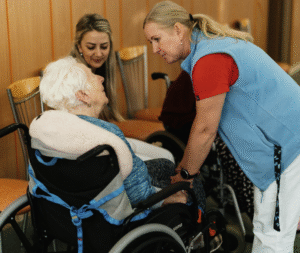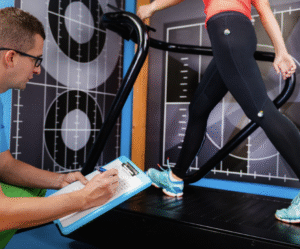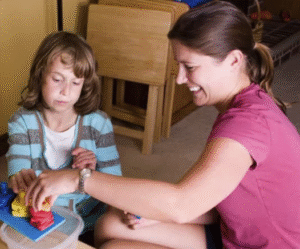Therapeutic Handling
You may recall me recently discussing my NDT course and how this brings additional insight into our multi-talented team. This week, I wanted to share another piece of what NDT brings to the table – therapeutic handling.
Therapeutic handling is another treatment method that is being incorporated into sessions here at Crawl Walk. This involves hands-on facilitation of various muscle groups to assist patients with appropriate motor control and alignment. Therapeutic handling can be utilized in all disciplines, and accomplished in several different ways depending on the specific needs of our patients.
Here are a few therapeutic handling techniques to look out for (and of course there are many more than we have listed!):
– Therapists positioning you to provide input to your quadriceps muscle, just above the knee, when moving from a squat to stand position.
– Therapists positioning you to provide input to your gluteal (buttock) muscles and abdominals to facilitate an appropriate weight shift during walking.
– Therapists providing input to your abdominals to help facilitate the movement of a step during walking.
– Therapists helping you complete tasks with your arms positioned away from the body, allowing your trunk muscles to experience more activity and work.
– Therapists providing input to your shoulders and the middle of your back to help facilitate upright posture during both standing and sitting tasks.
Watch for your therapists to try a few new techniques during your normal activities. You may even see your main therapist accompanied by an additional therapist, which is called co-treating. Co-treating allows the additional therapist to learn and practice hands-on training, all while providing the patient the opportunity to work with two skilled therapists at once.
If you have any questions regarding NDT and therapeutic handling, and how these therapy techniques could benefit you, please speak with us.
Thanks for reading!
Kendell Myers, PT, DPT
Physical Therapist



